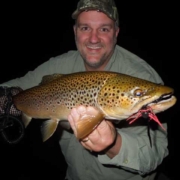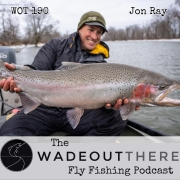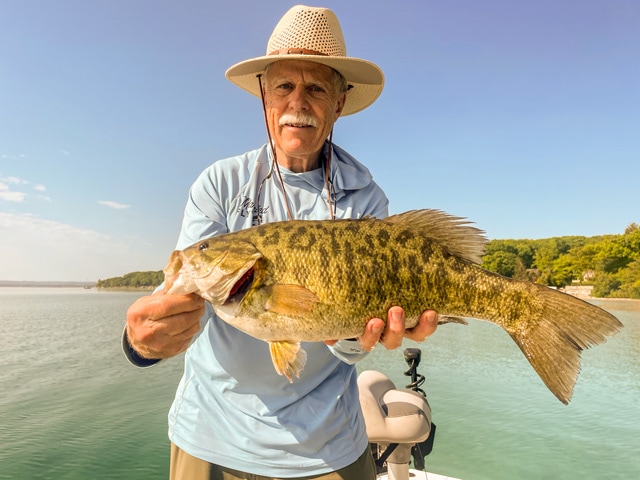Can Moon Phases Influence your Angling Opportunity?

Understand how to fish the Full Moon
Moon Phases are known to influence both fish and wildlife populations. The major effects experienced during the new and full moon phases primarily occur through changes to ambient light and gravitational forces. A full moon will produce more ambient light and stronger gravitational forces creating stronger tides. These influences can alter the behavior and feeding patterns of fish and wildlife. Furthermore, the moon phases are believed to impact the reproductive cycles in some species.
Certain animals time their breeding seasons around the lunar cycle. This is a possible strategy to ensure their offspring are born under favorable conditions. One advantage for open water fish species is the tidal dispersion of eggs. This is more favorable during a full or new moon phase due to tidal influences. Another Hypothesis is that fish experience brighter conditions during a full moon allowing greater nocturnal activity. For example, bass tend to lay their eggs during a full moon, as do bluegill. It’s theorized the increased lighting aids in nest building, mate recognition, locating suitable spawning sites, and protecting their eggs from nest invaders.
While the lunar influences are interesting to consider, it’s also important to note that there are other environmental stimuli. For Example, spawning activity is often closely associated with water temperature and photoperiod. The new and full moon phases may in fact act as a secondary trigger significantly altering the amount of ambient light available. Many nocturnal animals, such as owls and bats, benefit from the increased lighting during a full moon. The increased light at night aids in hunting and navigation.
Heightened Feeding Activity
Fish tend to come to the surface during the full moon. This is mainly because the brighter lunar lights attract them. Some prey species will follow phytoplankton towards the water’s surface. This behaviour typically peaks during a full moon making prey species more vulnerable to predators. It’s theorized that the full moon’s increased light levels at night can stimulate feeding activity in predatory fish.
Muskie for example, is a species relying heavily on its eyesight to hunt. The additional light gives them an advantage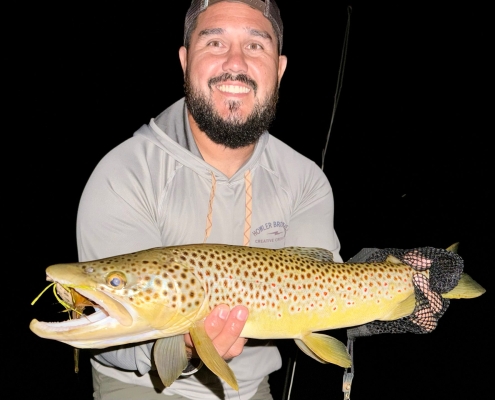 in low-light conditions. Muskies, often called “the fish of 10,000 casts,” are apex predators that prefer to ambush prey. The full moon enhances their ability to feed at night and can make them more active and aggressive around the full moon. This heightened activity should increase the encounter rates of Muskies for anglers fishing around the full moon.
in low-light conditions. Muskies, often called “the fish of 10,000 casts,” are apex predators that prefer to ambush prey. The full moon enhances their ability to feed at night and can make them more active and aggressive around the full moon. This heightened activity should increase the encounter rates of Muskies for anglers fishing around the full moon.
Conversely, prey species might also adjust their behavior to avoid predators. During the new moon some predators may struggle to hunt while prey species might take advantage of the reduced visibility to move around more freely. Brown Trout, known for their nocturnal habits, tend to become more active at night around the new moon. During the full moon, the brighter ambient light seems to have the opposite effect. The larger Brown Trout may experience more vulnerability under the brighter full moon while patrolling shallow waters for food.
Alignment of Lunar and Solar Influences
Fishing during the major moon phases has long been a topic of debate among anglers. Some chalk it up to folklore, but many experienced anglers agree that moon phases impact fish behavior. Peak feeding activity times for fish such as Muskie and Brown Trout can align with lunar events. Anglers can use this information to plan fishing efforts in advance. The alignment of the sun and moon during the full and new moon can create “major” and “minor” feeding periods. These periods indicate peak fish activity and are considered peak fishing windows for anglers to target.
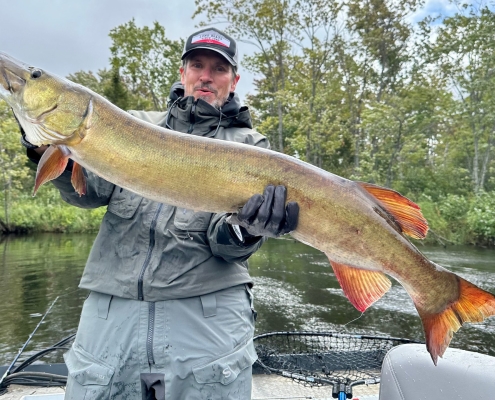 During a full moon, lunar and solar gravitational forces align to create strong tidal effects in marine environments. Even larger freshwater systems like the Great Lakes can experience subtle water level changes. While these effects may not create visible tides in freshwater ecosystems, they subtly influence fish behavior, including feeding and movement patterns. Water clarity is also a strong influence on fish behavior as it relates to ambient lunar light penetrating into clear waters.
During a full moon, lunar and solar gravitational forces align to create strong tidal effects in marine environments. Even larger freshwater systems like the Great Lakes can experience subtle water level changes. While these effects may not create visible tides in freshwater ecosystems, they subtly influence fish behavior, including feeding and movement patterns. Water clarity is also a strong influence on fish behavior as it relates to ambient lunar light penetrating into clear waters.
Steelhead are a freshwater species that tend to show a strong movement pattern around the full moon. We will often see increased Steelhead movement associated with a full moon phase. As the full moon approaches Steelhead accelerate their upstream movements every fall and spring. Many anglers have also observed that species like Muskies and Brown Trout are often active around moonrise, moonset, and other peak lunar periods during a new or full moon.
Solunar Calendars
Solunar fishing calendars are a popular tool used by anglers to target specific times of increased fish activity. These charts are characterized by two “major” and two “minor” periods during a 24 hour day. The major’s are during the moon overhead or moon underfoot times. The minor’s are typically focused around moonrise or moonset. These same conditions can be found during both the new and full moon phases.
More emphasis has been put on the full moon phase as the ambient light at night is greater and therefore is considered to have an extended influence on fish behavior. The best fishing days and times are typically found around the new and full moon events each month. The best fishing times on those days are typically detailed as “major” and “minor” times. Typically I find the better days of fishing are associated with either 2 “major” events and 1 “minor” period or 2 “minor” events and 1 “major” period during my outings.
I have used Solunar calendars with some success targeting both Muskies and Brown Trout during my fishing trips. Personally I feel there is a greater correlation with using Solunar times as a predictor of fish feeding behavior for pursuing Muskie. I have found the moon rise and set times during a full moon to coincide better with increased Muskie activity while fishing. Brown Trout on the other hand tend to break the rules and more often than not I find that predictable Brown Trout activity is situational at best.
Conditions Still Matter
In summary, the moon’s phases have a multifaceted impact on fish and wildlife populations from influencing their behavior, feeding habits, reproduction, and to their overall survival strategies. While the major moon phases can offer excellent opportunities, success also depends on other factors, such as water temperature, weather conditions, and local fish habits. Conditions still matter and you must still consider the local weather and water conditions. By themselves, Solunar times are simply a best guess recommendation. For optimal results, pairing new and full moon insights with local knowledge and conditions is the key to expanding your success.





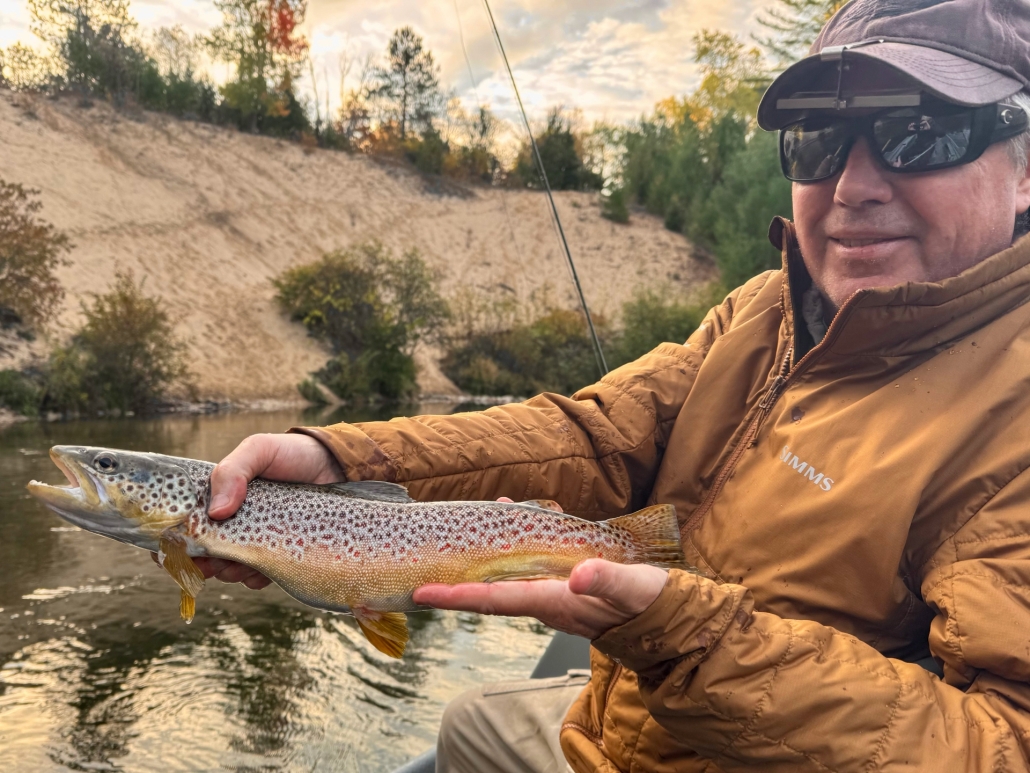


 While Grand Travese bay is still in the upper 60’s for tempature as of mid September, which has kept most of the Smallmouth out deep, it is only a matter of time before Baitfish and Smallmouth go shallow.
While Grand Travese bay is still in the upper 60’s for tempature as of mid September, which has kept most of the Smallmouth out deep, it is only a matter of time before Baitfish and Smallmouth go shallow.


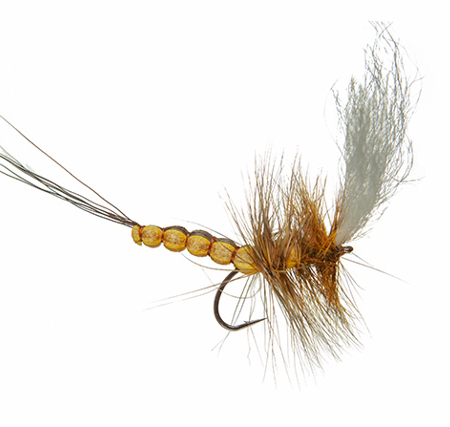

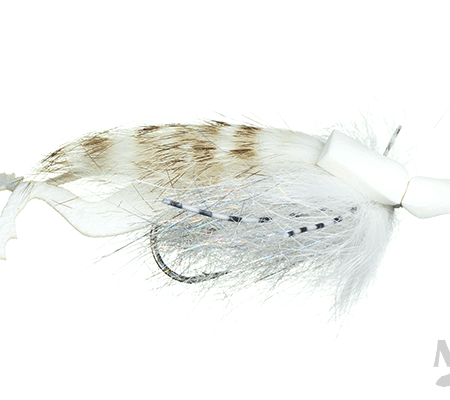
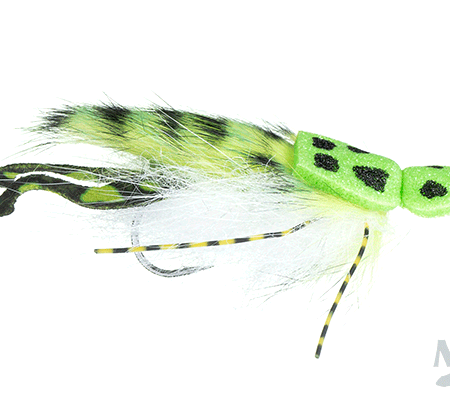
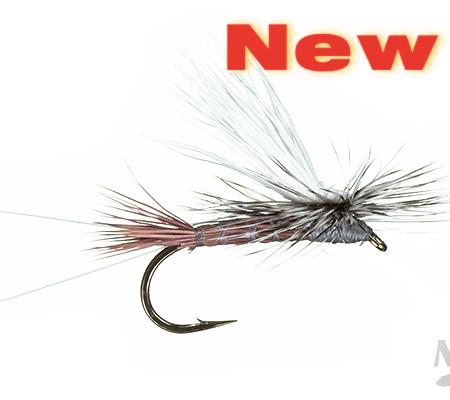
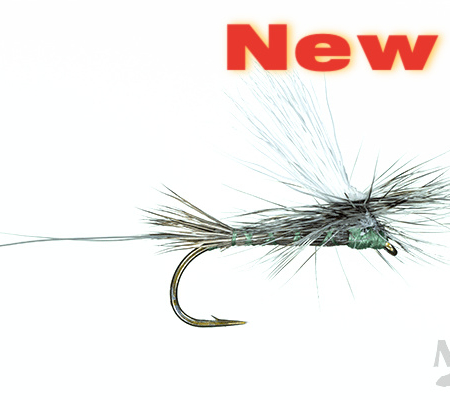

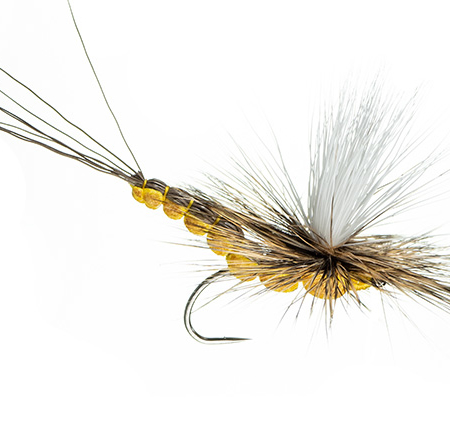


 back steelhead fishing should start to gain momentum. Fishing beads under floats has produced some good action. The stone flies are starting to hatch and the salmon fry are starting to show up in the slow water and eddies.
back steelhead fishing should start to gain momentum. Fishing beads under floats has produced some good action. The stone flies are starting to hatch and the salmon fry are starting to show up in the slow water and eddies.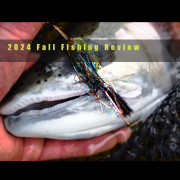
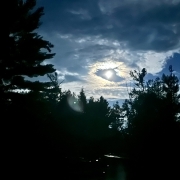

 in low-light conditions. Muskies, often called “the fish of 10,000 casts,” are apex predators that prefer to ambush prey. The full moon enhances their ability to feed at night and can make them more active and aggressive around the full moon.
in low-light conditions. Muskies, often called “the fish of 10,000 casts,” are apex predators that prefer to ambush prey. The full moon enhances their ability to feed at night and can make them more active and aggressive around the full moon. During a full moon, lunar and solar gravitational forces align to create strong tidal effects in marine environments. Even larger freshwater systems like the Great Lakes can experience subtle water level changes.
During a full moon, lunar and solar gravitational forces align to create strong tidal effects in marine environments. Even larger freshwater systems like the Great Lakes can experience subtle water level changes.

